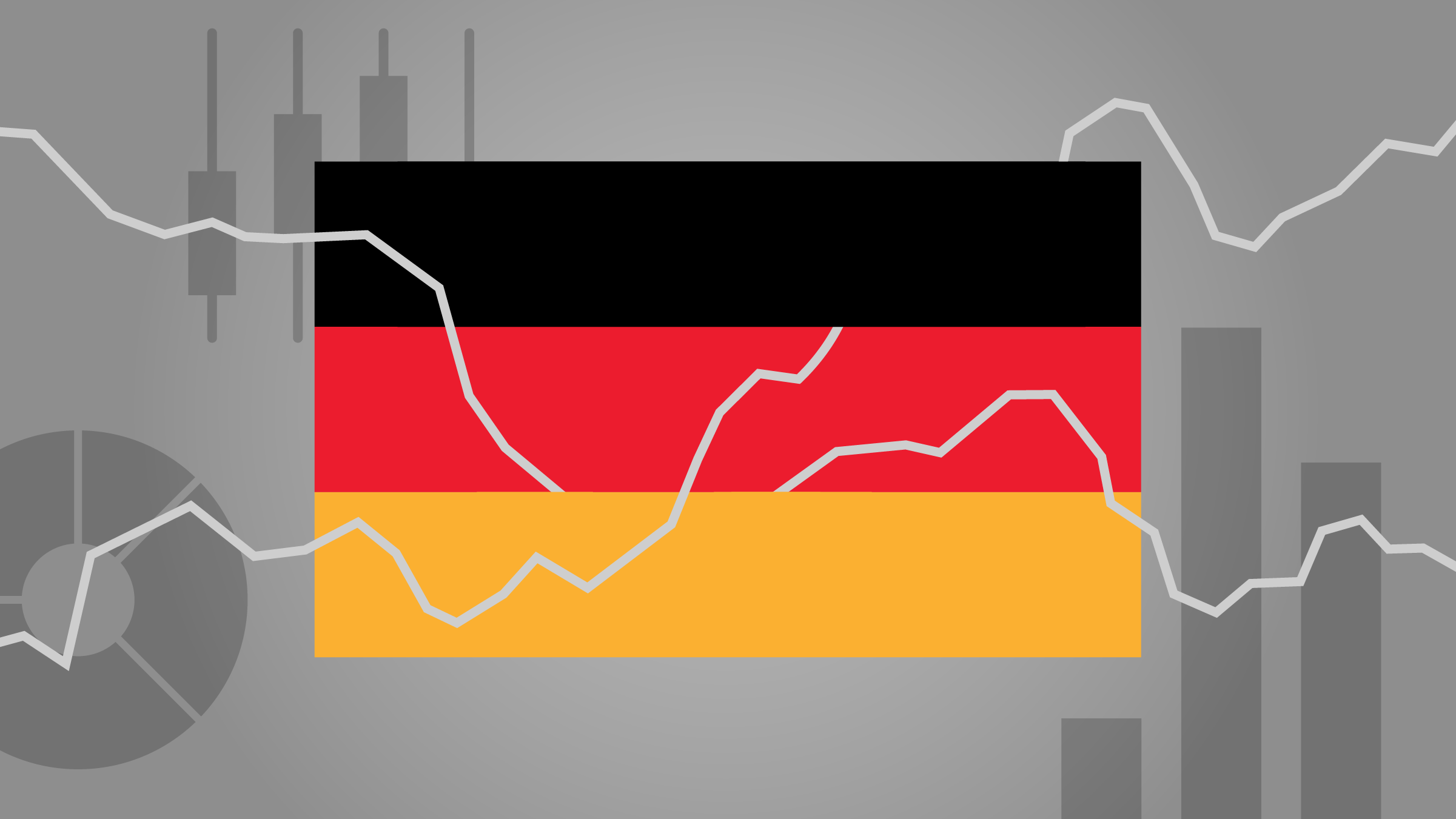
It’s tempting for stock investors, burned by the bear market of the past year, to hunker down until it is clear whether the economy will avoid recession or make its way out of an economic downturn.
Many analysts are predicting another rocky year for stocks—at least for the first half of 2023. Concerns continue to swirl that the economy will slip into a recession, hurting corporate earnings and sending the market lower again.
But Denise Chisholm, Fidelity Investments’ director of quantitative market strategy, says the debate around a recession is secondary. Instead, she says, investors should focus on valuations, which are a more important variable in setting the odds for how different corners of the market could perform from here.
“Hunkering down is tricky,” Chisholm says.
“I get that there has been and continues to be a lot of bad news out there,” Chisholm says. But at this stage in the market cycle, “the problem is that, more often than not, bad news is a contrarian indicator.”
This can be seen, she says, in looking at historical performance of the broad stock market around periods of recession. Looking ahead two years from recessionary lows in the market, 75% of the gains in the market have been posted by the time that the recession is over, she says. “If you wait for good news, you’ve missed it,” she says.
The reason, Chisholm says, is that “the market is a discounting mechanism.” In other words, even before an event actually happens, prices will begin to adjust in anticipation.
Currently, says Chisholm, “in the data I look at it, what it says is that a lot has already been discounted.”
That, she says, means that are opportunities for stock investors to take advantage of. Among the areas she’s focusing on:
- Mid-cap stocks
- Materials stocks, particularly metals and mining
- Financial stocks
- Consumer cyclical stocks
There are some sectors to be wary of, she says, that have less attractive valuations—most notably, technology.
Is a Recession Priced In?
There are recessions caused by surprise shocks, such as the pandemic, and there are ones that are long in the making and well-advertised. A 2023 recession, should one take place, at this stage looks like the latter. And for investors, that’s an important factor to consider, Chisholm says.
“The more visible a recession has been, the more likely it is to have been discounted in advance,” she says.
The market has likely already factored in an economic downturn, Chisholm says, as evidenced by the scope of stocks’ decline that has already taken place even though a recession hasn’t occurred yet.
From the most recent peak in the market in January 2022 to its trough in mid-October, stocks lost nearly 25%. Some market observers will argue that the broad market has never hit bottom before a recession started, she says. But, “as much as stocks have never bottomed before a recession, I would argue that stocks have never gone down 25% before the recession was about to hit, either,” she says.
Looking to Predictive Evidence
There are many ways to slice and dice stock market valuation statistics, much of which is often contradictory.
“When there is conflicting evidence, look at what is predictive,” Chisholm says. “What has been very predictive is the starting point of valuations.”
One of Chisolm’s preferred methods is to start with basic price/earnings or price/book ratios, rank them historically, and see how future performance tends to play out among different deciles or quartiles of valuation. From there, she takes current valuations and calculates the odds of future outperformance based on those historical patterns.
Another metric is “valuation spreads,” in which she looks at the difference across the market of valuation measures such as price/earnings and price/book and measures the difference between the 25th and 75th percentile. Valuation spreads widen when there is more fear in the market but also point to a greater likelihood of outperformance going forward.
At the end of 2022, valuation spreads for the S&P 500 were at historically wide levels, landing in the top quintile of historical readings. Looking back to 1990, those valuation spreads were followed by higher average returns for the coming 12 months than any other quintile.
“This is not about calling a bottom,” she says. Stocks could still set new bear market lows and see continued volatility this year. But, for longer-term investors, the valuation landscape helps identify better odds for buying opportunities.
Mid-Cap Stocks
For the opportunities with the highest odds of outperformance, Chisholm points to mid-cap stocks rather than large-cap stocks or small caps.
Small-cap stocks on some measures do look cheap, she acknowledges, but she says the story isn’t as compelling. “U.S. small caps are a pure recovery play,” she says. “U.S. mid-cap doesn’t have to be a recovery play, and there is strong valuation support.”
According to Chisholm’s metrics, the relative price/book and price/earnings on mid-cap stocks versus large-cap stocks are at bottom-decile rankings and among the lowest levels seen since the early 2000s.
“There’s a lot of fear in mid-caps,” she says. But that, in turn, suggests greater odds of outperformance. “Valuations support the idea that mid-cap could beat large caps by double-digit percentages,” she says.
Basic-Materials Stocks
Among stock market sectors, Chisholm says that materials stocks “are the most intriguing to me right this second.”
Normally, basic materials could be seen as a sector to avoid during a recession because of their high sensitivity to economic cycles. (Materials stocks fall into the cyclical Morningstar Super Sector.) But again, the question is the valuation starting point. Currently, they’re looking cheap, she says, adding that this is not entirely surprising given declining manufacturing activity. But that means that investors can look through the potential for recession and position instead for an eventual recovery.
That’s particularly the case for metals and mining stocks and is Chisholm’s preferred way to play the materials sector at this stage. Looking at price/earnings, price/book, and price/free cash flow, metals and mining stocks are at bottom-decile levels for relative valuations, which she says means the “odds of outperformance are significant.” That’s even the case should margins and earnings decline, as would typically be the case in a recession, she says.
At the end of 2022, valuations for metals and mining were at bottom-decile levels for price/earnings, Chisholm says. Using data going back to 1976, the 10% of the time that metals and mining were this cheap, the sector outperformed the market by almost 15% in the next 12 months.
Financial Stocks
Financials are another sector particularly vulnerable to recessions and rising unemployment. However, says Chisholm, “if we think we’re going into a recession, does the recession matter or does the starting point on relative valuations matter?”
Chisholm’s modeling shows that financial stocks have outperformed the broader market by an average of 5% during the 12-month time frame after its relative forward P/E landed in the bottom quartile of its historical range. Financials’ advantage with that kind of low valuation should persist if even if unemployment rises, she says, as long as it doesn’t top 7.5%—more than double its most recent level.
Meanwhile, financials aren’t just in the bottom quartile of their historical valuation range for relative price/book and relative price/earnings, they’re in the bottom 10%. Financials “are significantly cheaper … than during the great financial crisis,” Chisholm says, when the sector was the epicenter of damage done to the markets and economy.
“Even if I don’t know anything about what is going to be happening with the economy, that valuation support has been a good historical guide in terms of performance,” for financials, Chisholm says.
Consumer Cyclical Stocks
Like financials and materials, consumer cyclical stocks have a bull’s-eye on their backs when it comes to taking a hit on recession concerns. Consumer cyclical stocks—also known as consumer discretionary—are those companies that offer nonessential products or services that consumers could hold off spending money on during an economic downturn.
“It’s the quintessential economically sensitive sector,” Chisholm says.
In coming months, “the fundamentals are not going to be good and probably aren’t going to get better anytime soon,” for consumer cyclical stocks, says Chisholm.
Meanwhile, she says, these stocks tend to move well in advance of the end of a recession. In fact, says Chisholm, consumer discretionary stocks bottom six to nine months ahead of the trough in earnings.
“If you wait for the news to get better, you have likely missed the move in the stocks,” she says. “You have to lean on those contrarian indicators.”
For her data, Chisholm doesn’t calculate valuations in the consumer cyclical sector on the usual market-cap-weighted basis generally used in market indexes. That’s because Amazon.com AMZN and Tesla TSLA have such a huge weight in the sector—roughly 34% of the S&P 500′s consumer cyclical sector. Instead, she equal-weighted the group, which gives those two stocks less than a 4% weighting in total.
On that basis, Chisholm says, consumer cyclical stocks are trading at their lowest relative price/book and price/earnings levels since the 1970s. She gives the sector a 65% to 75% chance of outperforming the market in the next year with valuations in the bottom decile.
While “there’s a lot of fear,” in the sector, “there’s also a lot of valuation support,” Chisholm says.
What Valuations Say About Energy and Tech Stocks
Energy stocks blew the roof off in 2022 with a 62.5% surge in the Morningstar US Energy Index. Between last year’s gains and those seen in 2021, energy has seen the best two-year performance of any stock sector in the past 60 years, Chisholm says. Valuations still look reasonable, Chisholm says, and energy still looks as if it has a good chance of outperforming this year. But, she says, the level of outperformance seen in the last two years would be extremely rare to continue.
For technology stocks, it’s understandable for many investors to still be looking in the rearview mirror of the sector’s tremendous performance prior to 2022. But here the outlook doesn’t look as favorable based on current relative valuations. “The outlook looks unlike the last decade where tech was the dominant leader,” she says.




















